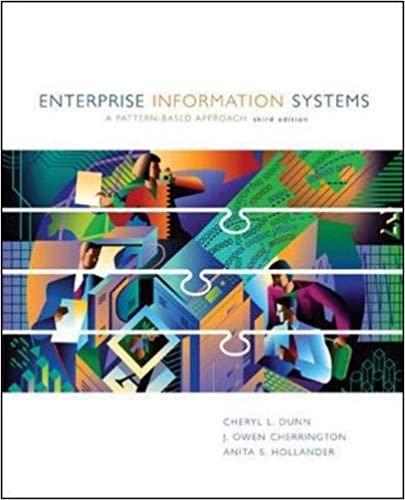Assume a retalling company has two departments --Department A and Department B. The company's most recent contribution format income statement follows: Total Department Department Sales $ 800,000 $ 350,000 $ 450,000 Variable expenses 320,000 120,000 200.000 Contribution margin 480,000 230,000 250,000 Fixed expenses 400,000 140,000 260,000 Net operating income (los) $ 80,000 $ 90,000 $ (10,000) The company says that $110,000 of the fixed expenses being charged to Departments are sunk costs or allocated costs that will continue if the segmen Is discontinued. However, if Department is discontinued the sales in Department A will drop by 11%. What is the financial advantage (disadvantage) of discontinuing Department B? Multiple Choice $(144,000) $(148,000) $(145,300) Assume a company is considering using available space to make 10,000 units of a component part that it has been buying from a suppler for a price on $41.25 per unit. The company's accounting system estimates the following costs of making the part 8 4 10,000 unit Per Unit per Year Direct materials $ 16 $ 160,000 Direct labor 12 120,000 Variable manufacturing overhead 2 20,000 Tixed manufacturing overhead, traceable 80,000 Fixed manufacturing overhead, allocated 40,000 Total cost $ 44 $ 420,000 One-half of the traceable fixed manufacturing overhead relates to a supervisor that would have to be hired to oversee production of the part. The remainder of the traceable fixed manufacturing overhead relates to depreciation of equipment that the company already owns. This equipment has 20,000 units of unused capacity, no resale value, and it does wear out through use. The allocated fixed manufacturing overhead relates to general overhead costs, such as the plant manager's salary, lighting, heating and cooling costs, and plant insurance costs. What is the financial advantage (disadvantage) of making 10,000 units instead of buying them from the supplier? Multiple Choice $72,500 $20,000 When making volume trade-off decisions managers should: Multiple Choice calculate each product's average fixed manufacturing overhead cost per unit. never produce more of a product than is demanded by customers. Identify the product with the highest contribution margin per unit as the highest priority from a production scheduling standpoint. identify the product with the lowest contribution margin per unit as the highest priority from a production scheduling standpoint









